Description
Rambutan Fruit botanically known as Nephelium lappaceum from the family Sapindaceae. The name also refers to the edible fruit produced by this tree. The rambutan is native to Southeast Asia. It is closely related to several other edible tropical fruits including the litchi, longan, pulasan, and mamoncillo. It produces fruits in clusters of long thick, soft, hairs or spines on the surface. The hairy outgrowth has eye-catching red and yellow colors and it imparts a distinctive exotic appearance to its fruits. The fruits are a good source of sugars and vitamin C and are eaten as a fresh dessert fruit.
Description for Rambutan Fruit
Rambutans are small, oval to round fruits, averaging 3 to 5 centimeters in diameter, and grow in loose, hanging clusters of 10 to 20 fruits. The fruits are enveloped in a semi-thick, firm, and leathery rind, covered in soft, spine-like protrusions known as spinterns. Underneath the rind, the flesh varies from white, translucent, to pale pink and is succulent and slightly chewy, encasing a central, oblong, light brown seed wrapped in thin, papery layers. Rambutans are aromatic and have a sweet, fruity flavor with mild acidity, containing subtle notes of strawberries and grapes.
Seasons/Availability
Rambutans are available seasonally, depending on the region, and are generally found in the fall and winter. In tropical areas of Southeast Asia, the trees fruit twice a year.
Current Facts
The name Rambutan is derived from the Malaysian word “rambut,” translating to mean “hair,” and is a descriptor given for the fruit’s hairy, spine-like appearance. Rambutan cultivation is globally increasing as the fruits are valued for fresh eating, desserts, and flavoring beverages. The trees are prolific, producing hundreds of fruits in a season. Rambutan trees are considered an ornamental variety, valued for their color contrast between the bright fruits and dark green leaves.
MAXIMUM HEIGHT – It can grow up to 8-12 meters tall.
BLOOMING YEAR – Generally blooms in spring & monsoon seasons.
FRUITING YEAR – It starts fruiting after 3-4 years after planting.
Checkout our more plants and Village organic products:
1. Pure Wild Bee Honey 2. Pure A2 Desi Cow Ghee 3. Indoor Plants 4. Fruits Plants
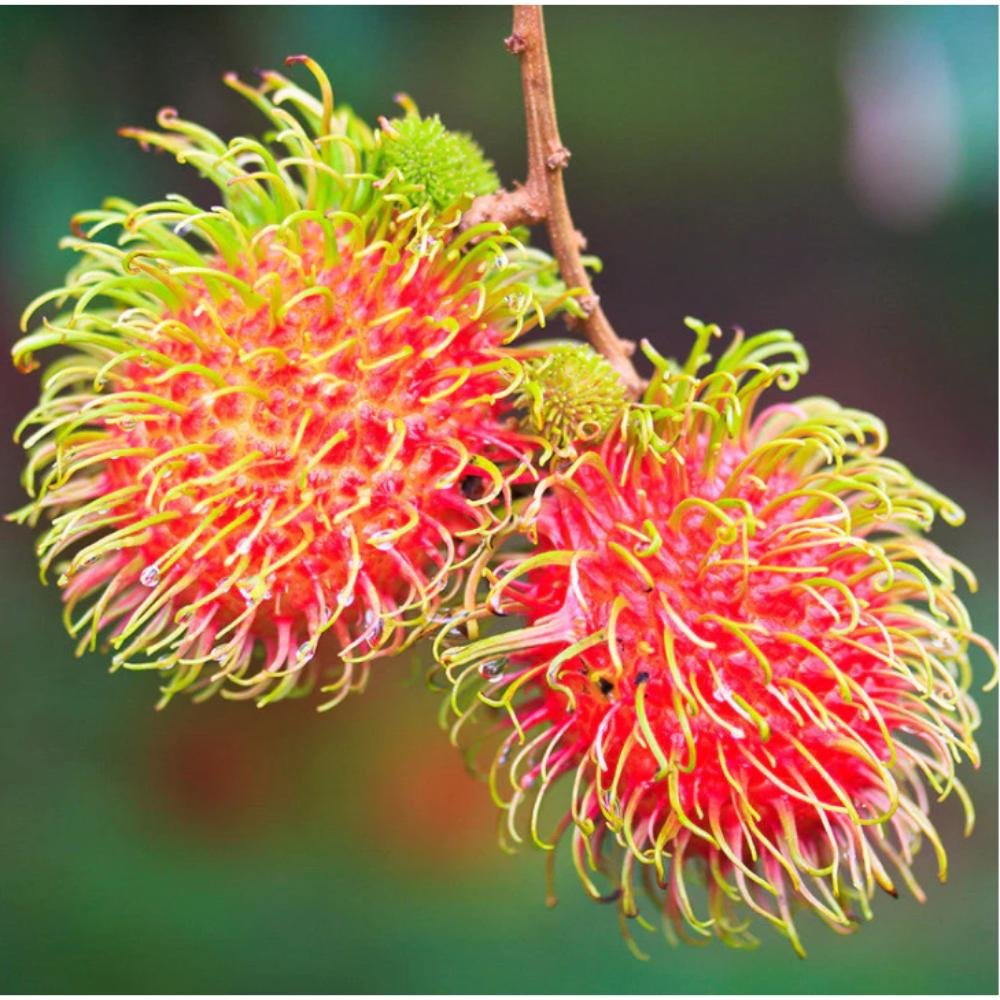
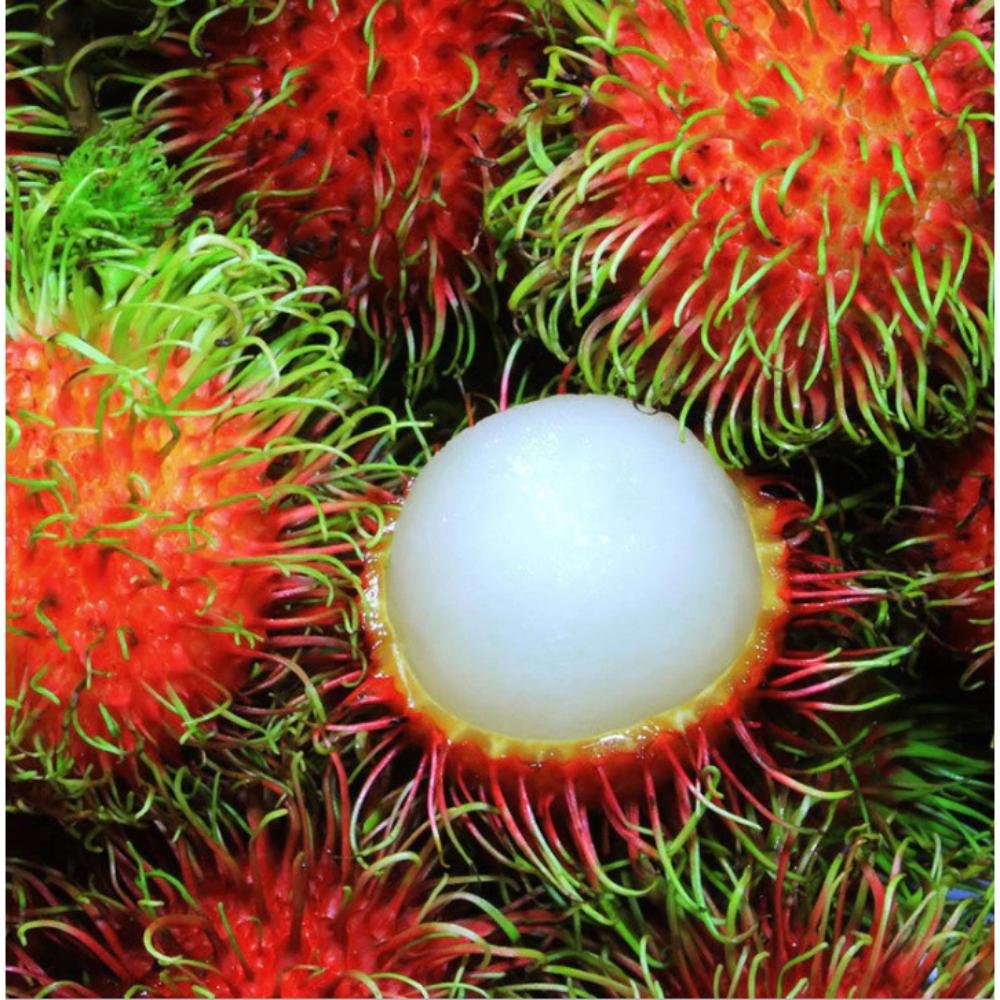

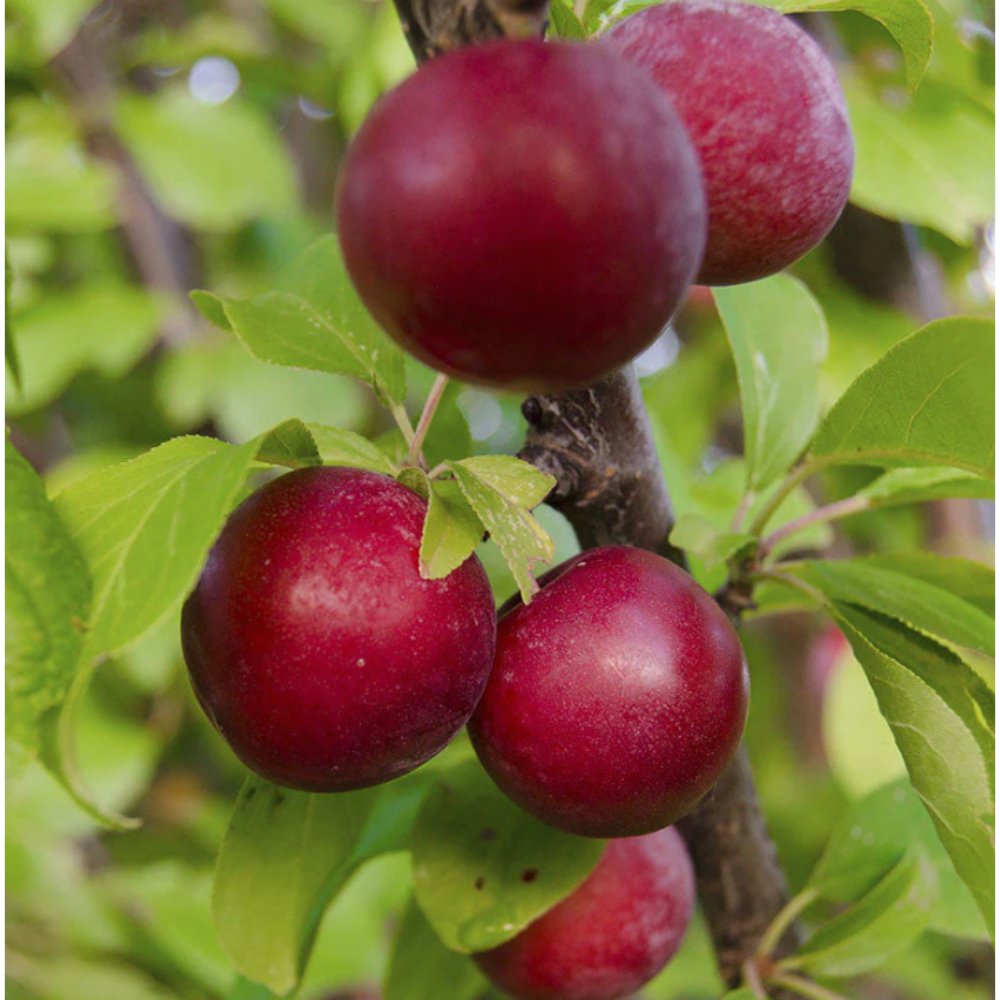
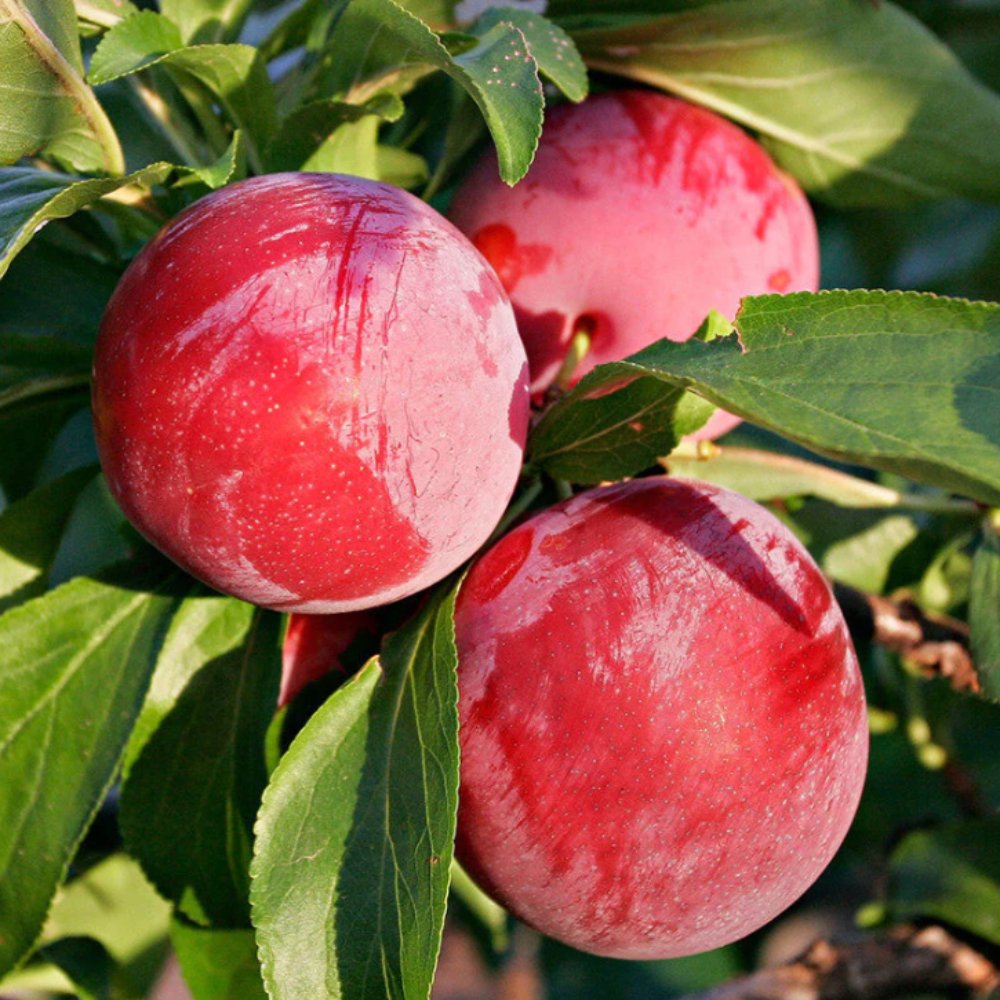
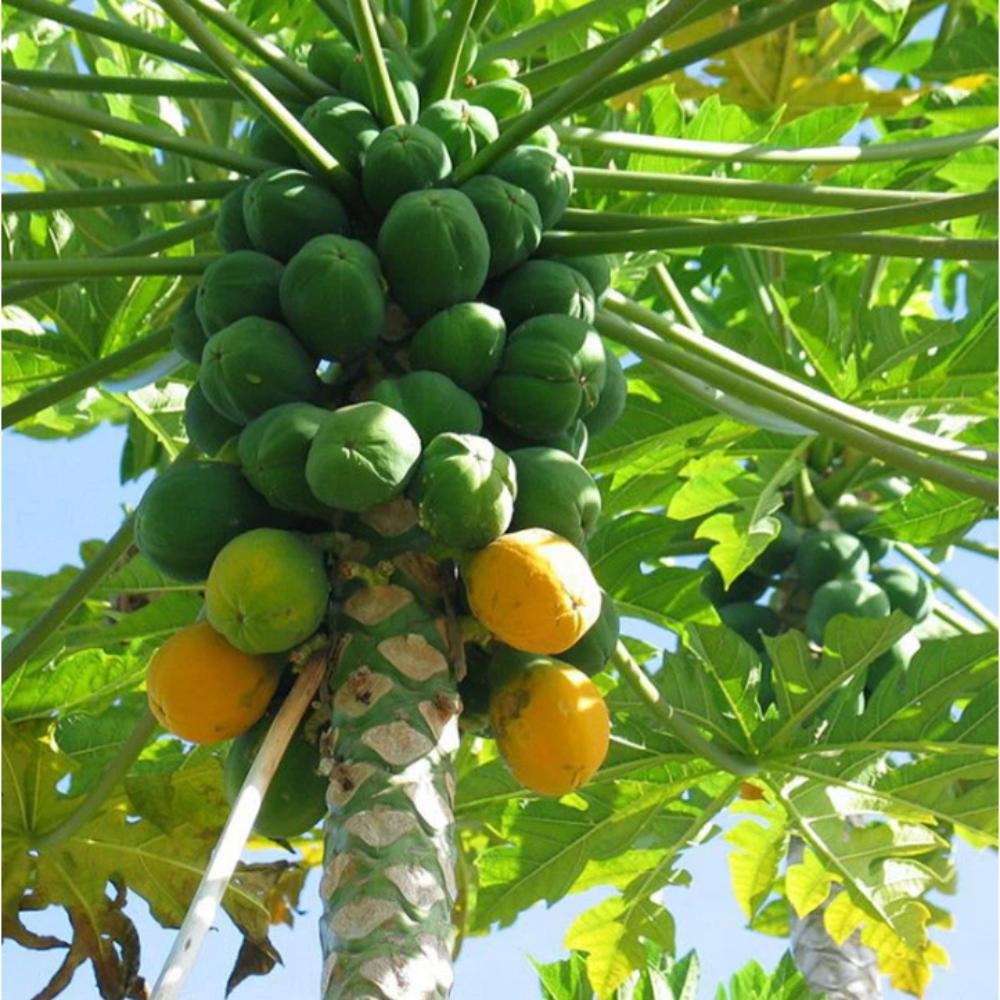
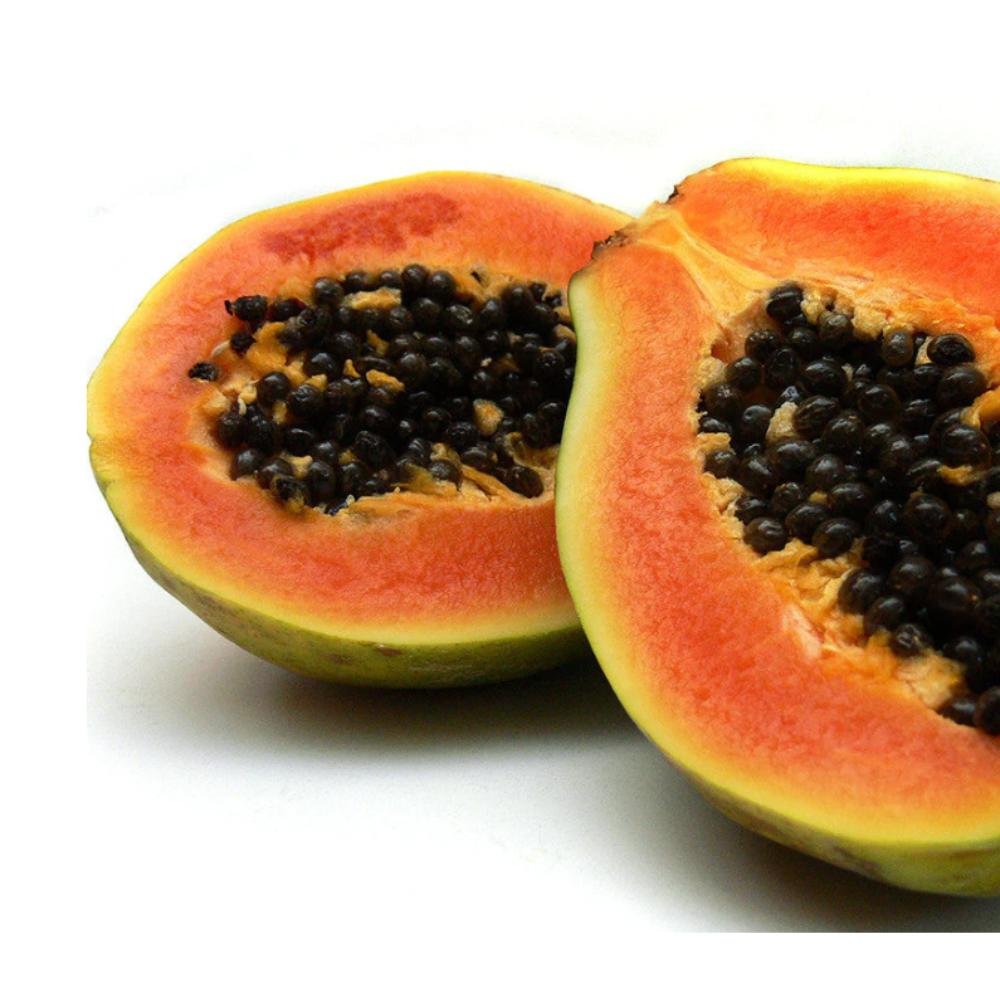
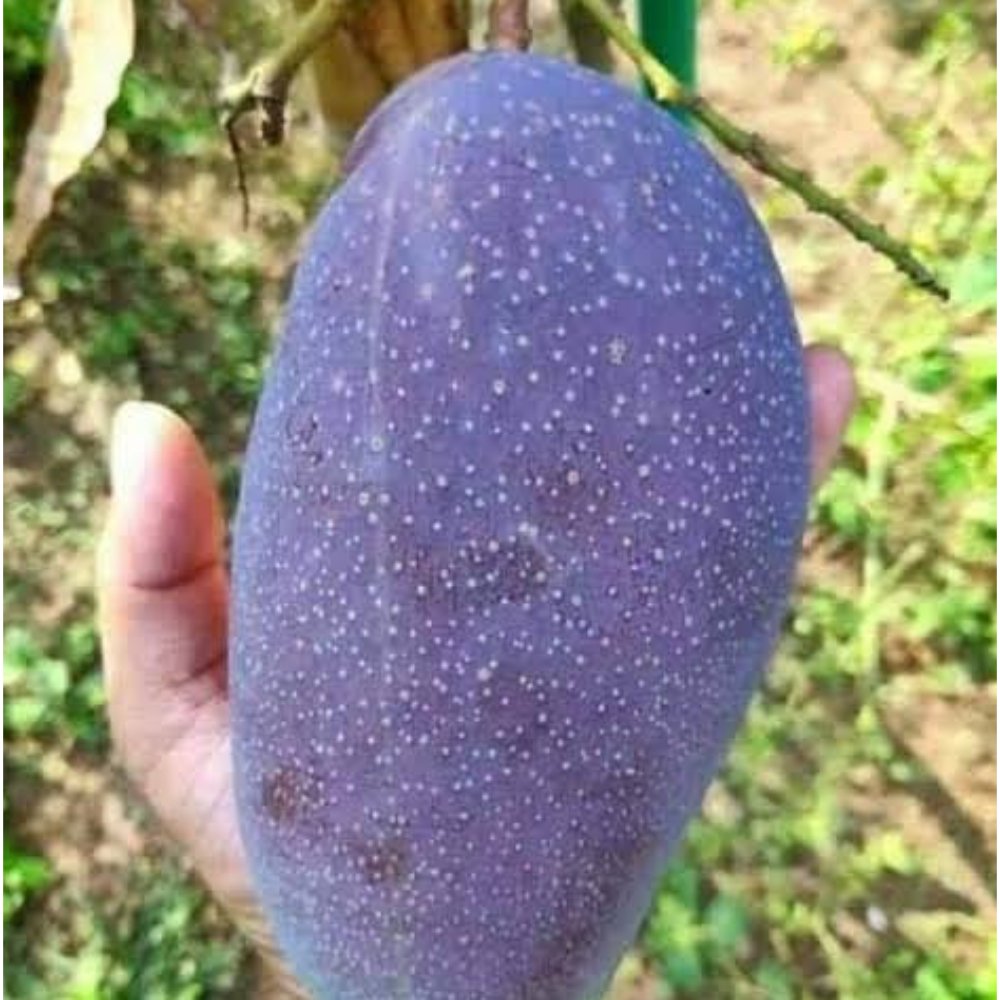
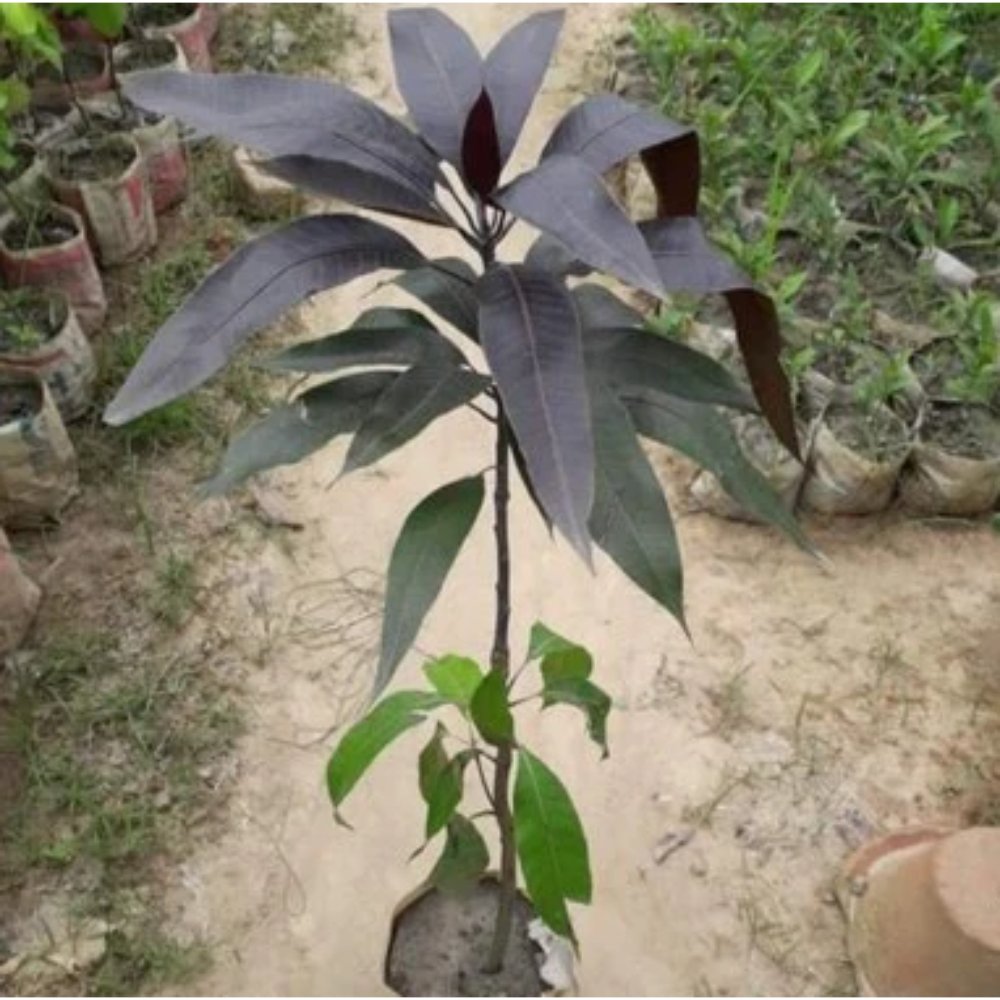
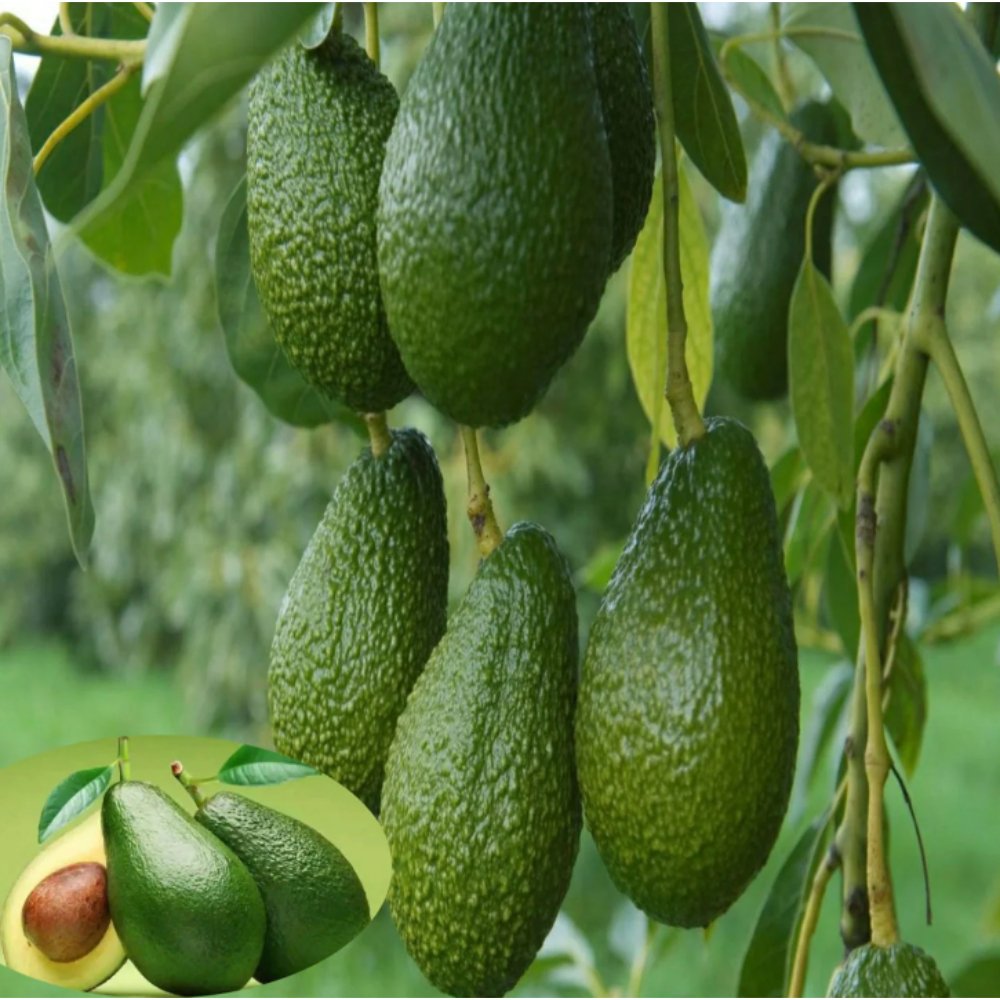
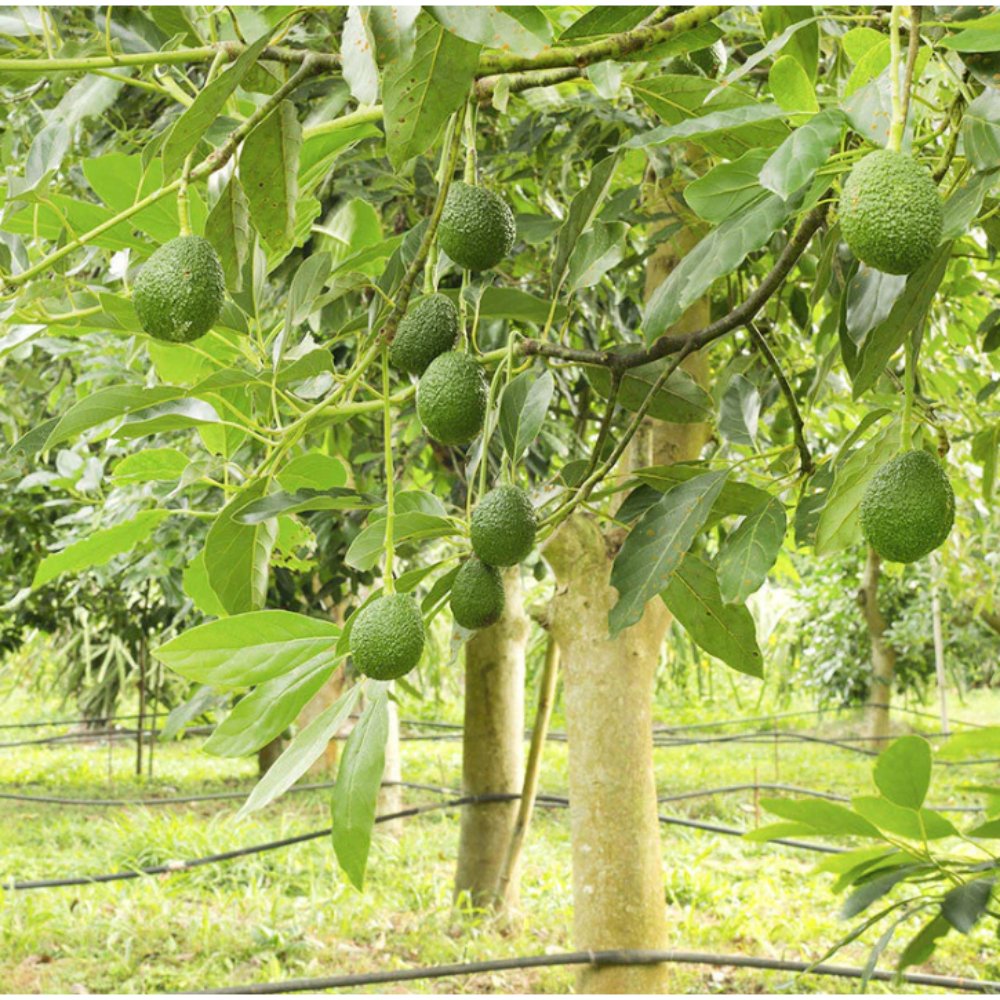
Reviews
There are no reviews yet.